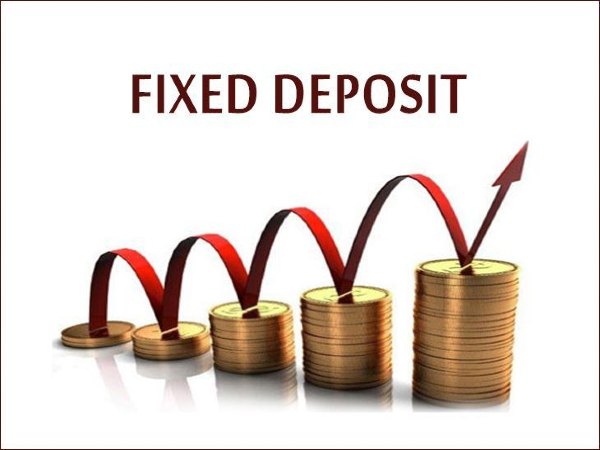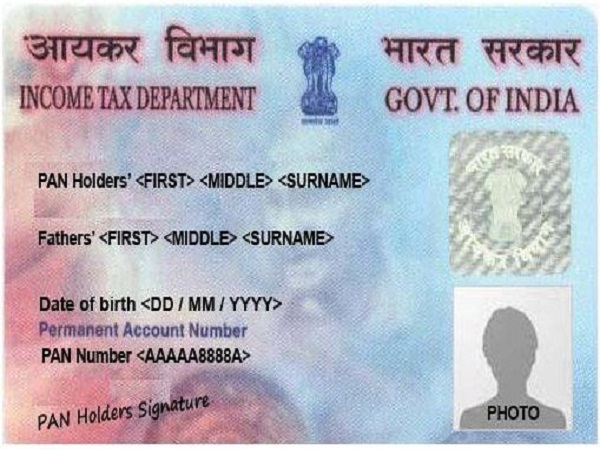Not only did the pandemic raise the business risks of banks but it also added more terms to the jargon used to express the financial conditions of banks. Depositors trying to gauge the non-performing assets (NPA) of a lender had to also keep an eye on collection efficiency and proforma NPAs. This stemmed from the Supreme Court’s stay on recognising bad loans until the legality of the loan moratorium’s extension was finalised. Thankfully, the apex court cleared the air through its ruling on March 23. While banks will now revert to the old format of reporting GNPAs or gross Stage 3 assets (Ind AS) in the upcoming quarters, the ruling can have immediate implications on the financials of banks, particularly for the quarter ended March 31, 2021. Depositors will now need to see the strength of the following financial metrics before boiling down on the investment decision.
Bad loans and provisioning
With the Supreme Court having imposed a standstill, the official NPA numbers reported by banks, up till the recent December quarter, didn’t reveal the accurate picture of bad loans. Hence, most lenders disclosed individual proforma NPA. This figure showed what the NPA situation would have looked like if a bank had continued to recognise bad loans without applying the court concessions.
Take a look at the December quarter financials of RBL Bank. The bank reported a drop in GNPA to 1.84 per cent from 3.33 per cent in corresponding quarter last year. However, the bank also disclosed that about 2.62 per cent of the loan book, which was also under moratorium, could have slipped into bad loans during the quarter. Put together, the bank’s proforma NPAs stood at 4.57 per cent in the December 2020 quarter.
Now with the SC having passed the judgement, new terms such as collection efficiency and proforma NPA number will be a thing of the past and banks will express these numbers under the GNPA figure. Banks might hence be required to bump up their provisions accordingly. In the upcoming results, depositors need to be cautious about any sudden NPA spike reported by banks.
That said, the situation is not alarming for all banks for two main reasons. One, many banks have carefully extrapolated the likely slippages on the moratorium book and have adequately provided for it in the first nine months of FY21. In the above mentioned example, RBL Bank has provided for 70.7 per cent of its proforma GNPAs as of December 2020.
Two, many defaulting borrowers may repay the loans before the end of March 31, 2021, fearing downgrade in their credit rating (with the SC ruling having cleared the air around this).
Besides, the higher incidence of defaults, particularly in retail loans could have been on account of the cash crunch led by job losses and pay cuts. It is expected that the RBI measures to improve systemic liquidity could have led to improving collection efficiencies of banks. Another likely succour comes from the legal recourse now available for banks ( SARFAESI Act can now be invoked post the SC ruling).
Capital adequacy
Not only will the surge in provisioning costs dent the profits of the bank, but it might also lead to a heavy charge on the bank’s capital. Banks are required to report Capital Adequacy Ratio (CRAR), which shows the bank’s capital as a ratio to its risk-weighted assets (higher bad loans imply higher risk adjustment). The CRAR describes the bank’s ability to absorb losses without diluting capital, and hence its ability to lend further.
As of December 2020, Kotak Mahindra Bank and Bandhan Bank reported healthy CRAR ratios of over 21 per cent, leaving them with ample room to absorb any shock and maintain growth at a steady rate. Other leading private banks such as HDFC Bank, Axis Bank and ICICI Bank have CRAR in the range of 18-19 per cent.
As per the regulatory requirement, a bank has to maintain a minimum CRAR of 9 per cent, failing which it can be subject to strict actions from RBI, such as curbs on business operations, branch expansion, etc. In extreme cases the RBI may even put the bank under PCA (Prompt Corrective Action).
The RBI in its financial stability report had estimated that about 3 to 5 banks (varying from baseline to severe stress case scenarios) may fail to meet the minimum capital requirements by end of March 2021 out of the 53 scheduled commercial banks.
A few banks have been raising capital to make good the anticipated deficit. For instance, Bank of Baroda, that reported a CRAR of 12.93 per cent as at the end of the third quarter of FY21, has raised capital through the QIP route to the tune of ₹4,500 crore in the first week of March.
Depositors need to be wary of banks that have not prepared themselves of such steep decline in their capital adequacy ratio in the coming quarters.
Margins
Higher NPAs have a two-fold effect on profits; on one hand while additional provisioning can dent profits, interest reversals for loan accounts that have now turned bad, on the other hand, impacts interest income. This can dent their net interest margins.
Besides, the SC ruling on compound interest during moratorium warrants more interest reversals on part of banks. As per the judgement, banks cannot charge any interest on interest (compound interest) during the moratorium period and any amount so collected must be refunded or adjusted from subsequent instalments due. While the Centre had already relieved small borrowers (those with outstanding loans of up to Rs 2 crore) of such compound interest, banks have now requested the Centre to foot the bill for the remaining borrowers as well. This is a bid to avoid a dent their bottom-line.
However, the effect of these interest reversals can likely be set off with good credit growth in the March quarter. According to consolidated bank data from RBI, the scheduled commercial banks reported a credit growth of 6.5 per cent (yoy) in February 2021. While this is lower than 7.3 per cent in February 2020, credit in the country is gradually improving from the lows of 5.8 per cent witnessed in September 2020.














